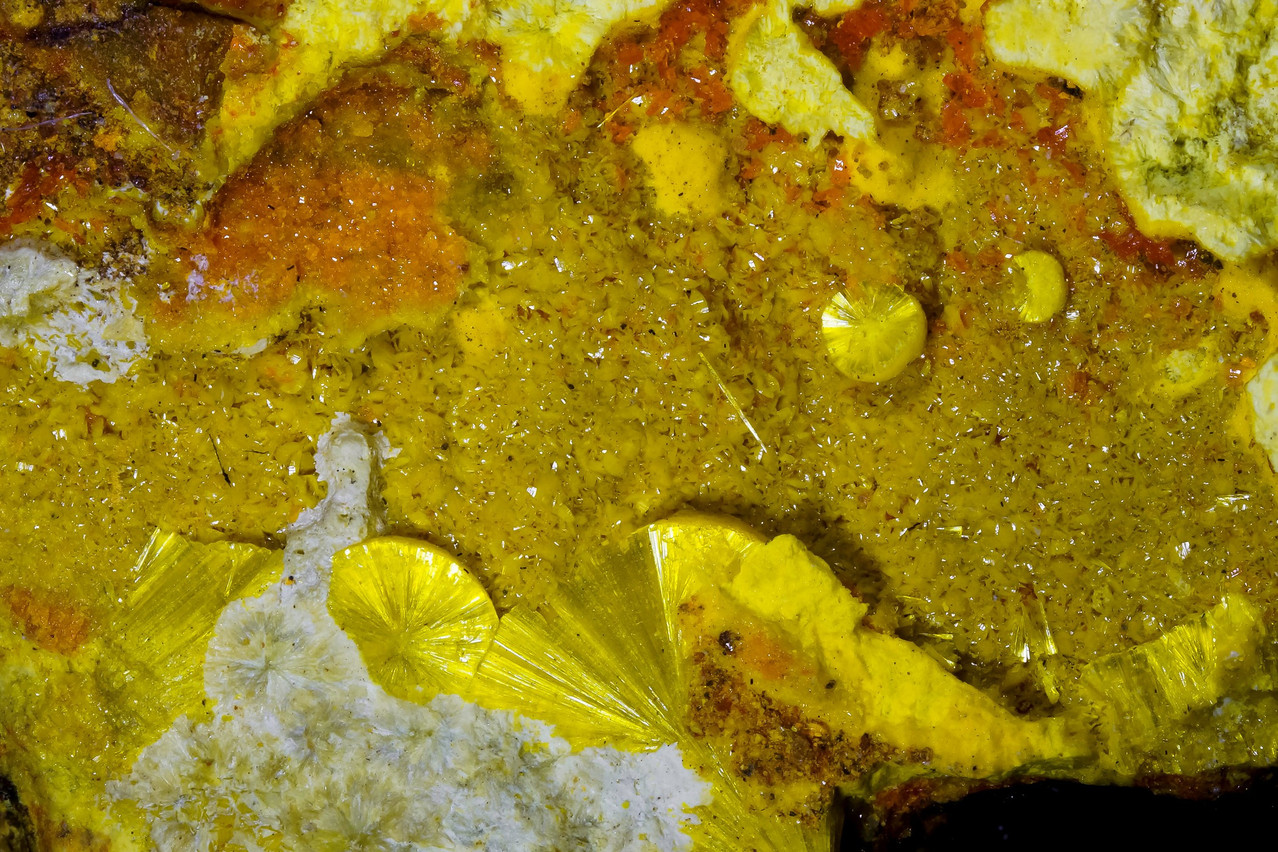The sample used for the identification was found by Philippe Virulet in the Swambo mine, province of Haut-Katanga in the Democratic Republic of Congo. Virulet offered his collection to the MNHN in 2017.
The mineral was named Lepersonnite(-Nd), after the Belgian geologist Jacques Lambert Désiré Lepersonne, who identified a similar bright yellow species in 1982, Lepersonnite(-Gd) in the Shinkolobwe mine, DR Congo. At first sight, the two minerals show no obvious differences: they are both bright yellow, transparent, translucent, vitreous, and appear as made up of radiating acicular orthorhombic crystals.
However, the species identified by the Belgian geologist has as dominant mineral gadolinium (Gd); the one discovered by the Czech researcher, Plasil, has neodymium (Nd), a rare-earth element.
The validated the new rare-earth uranium mineral last October. Such discoveries are rare in the natural science world, says an official MNHN statement.
